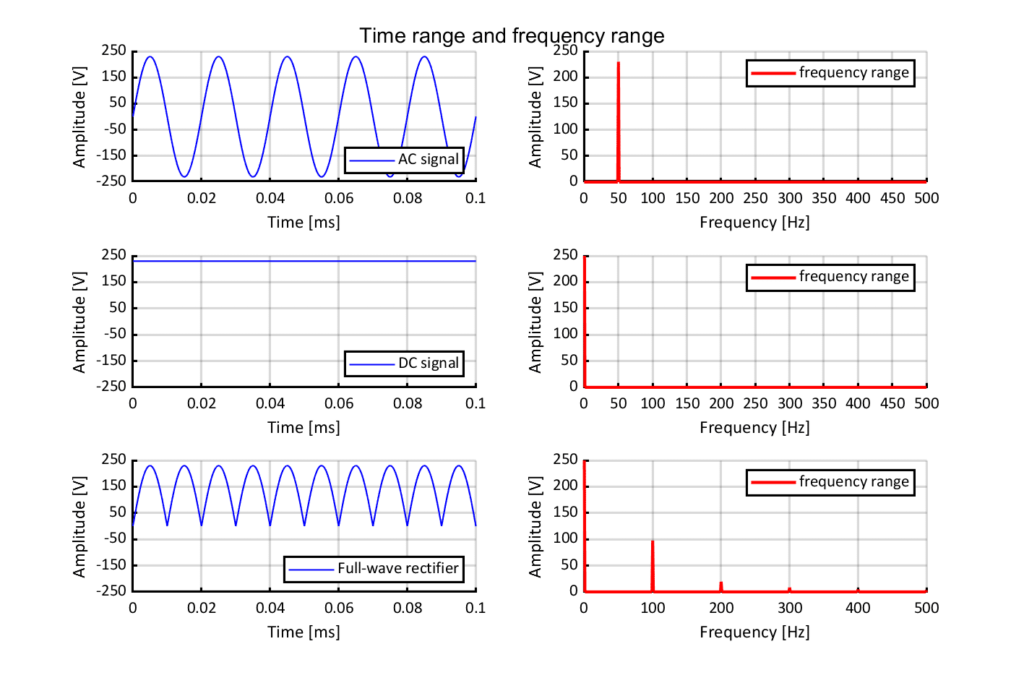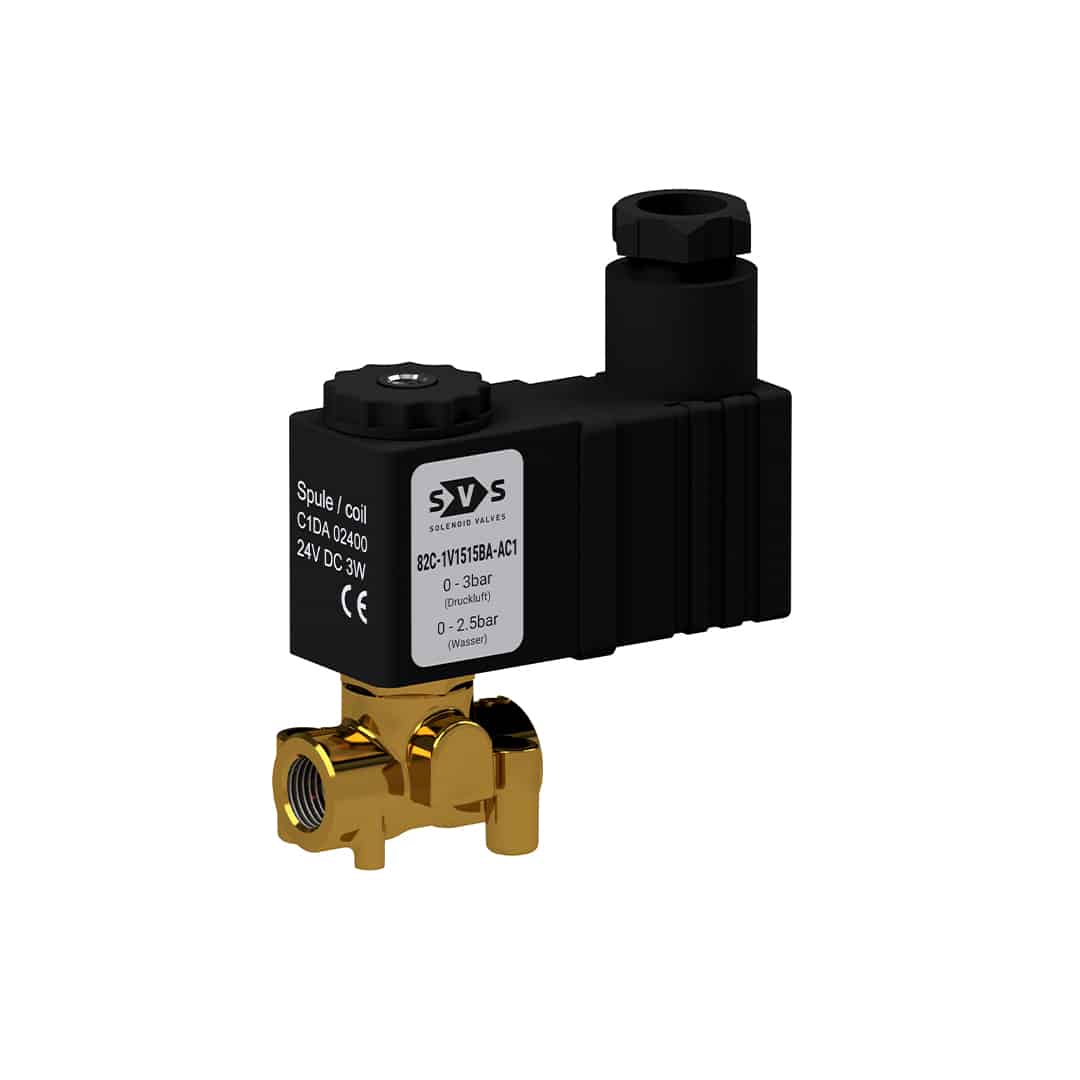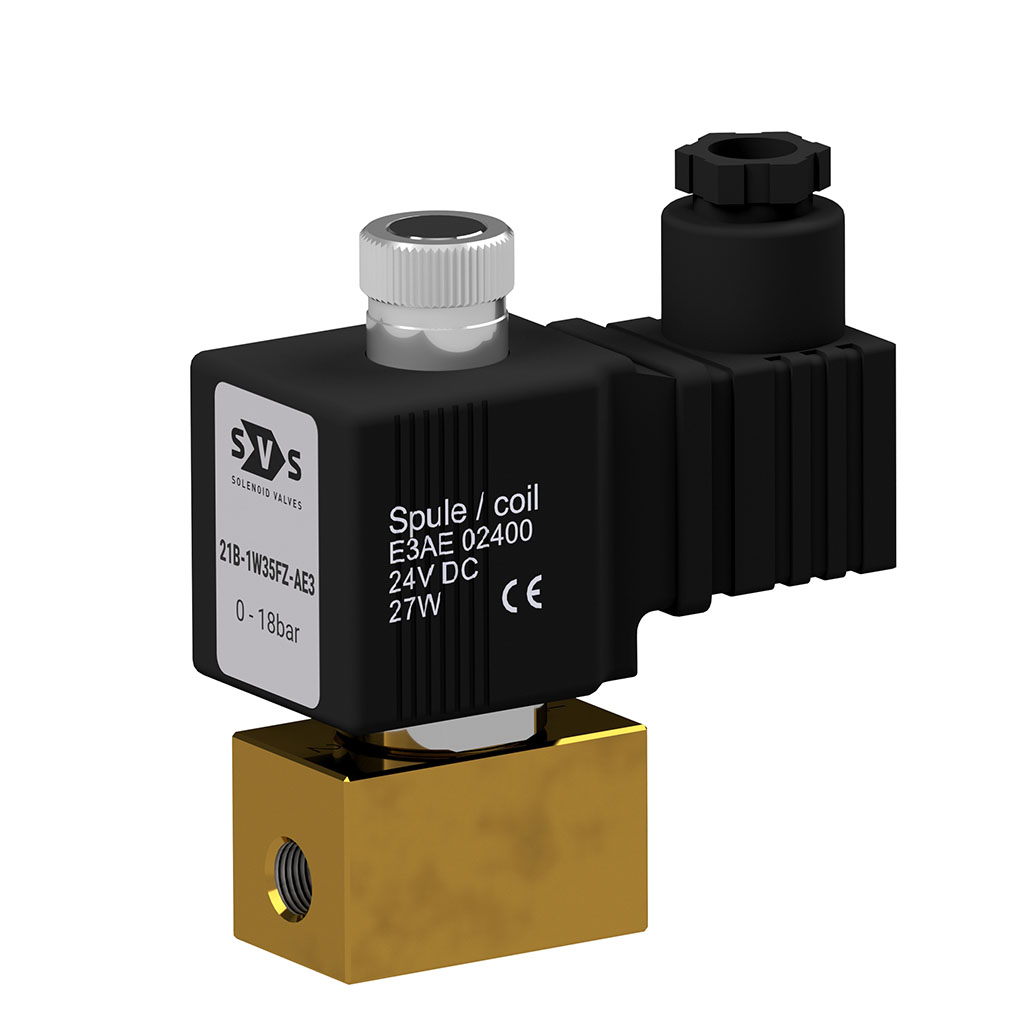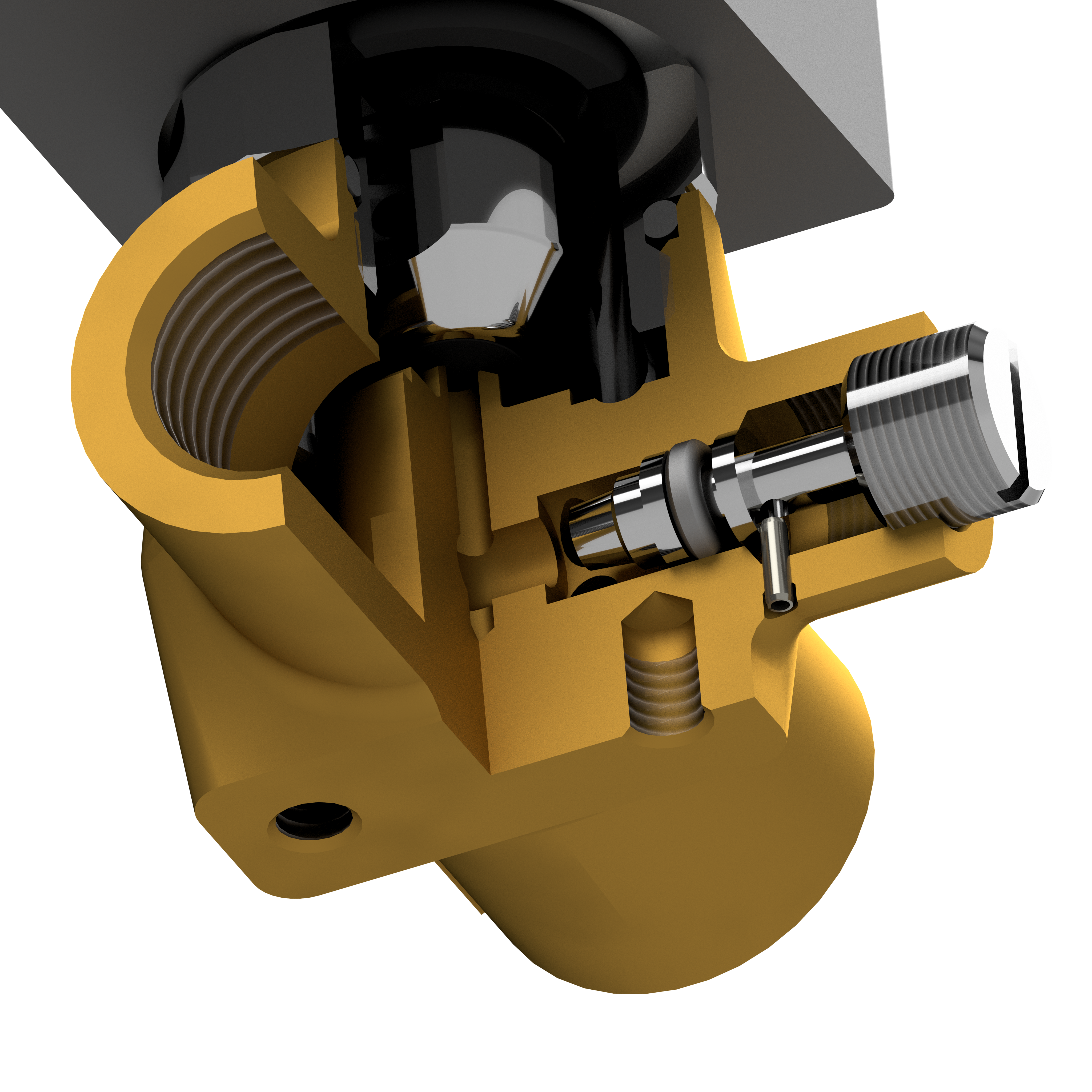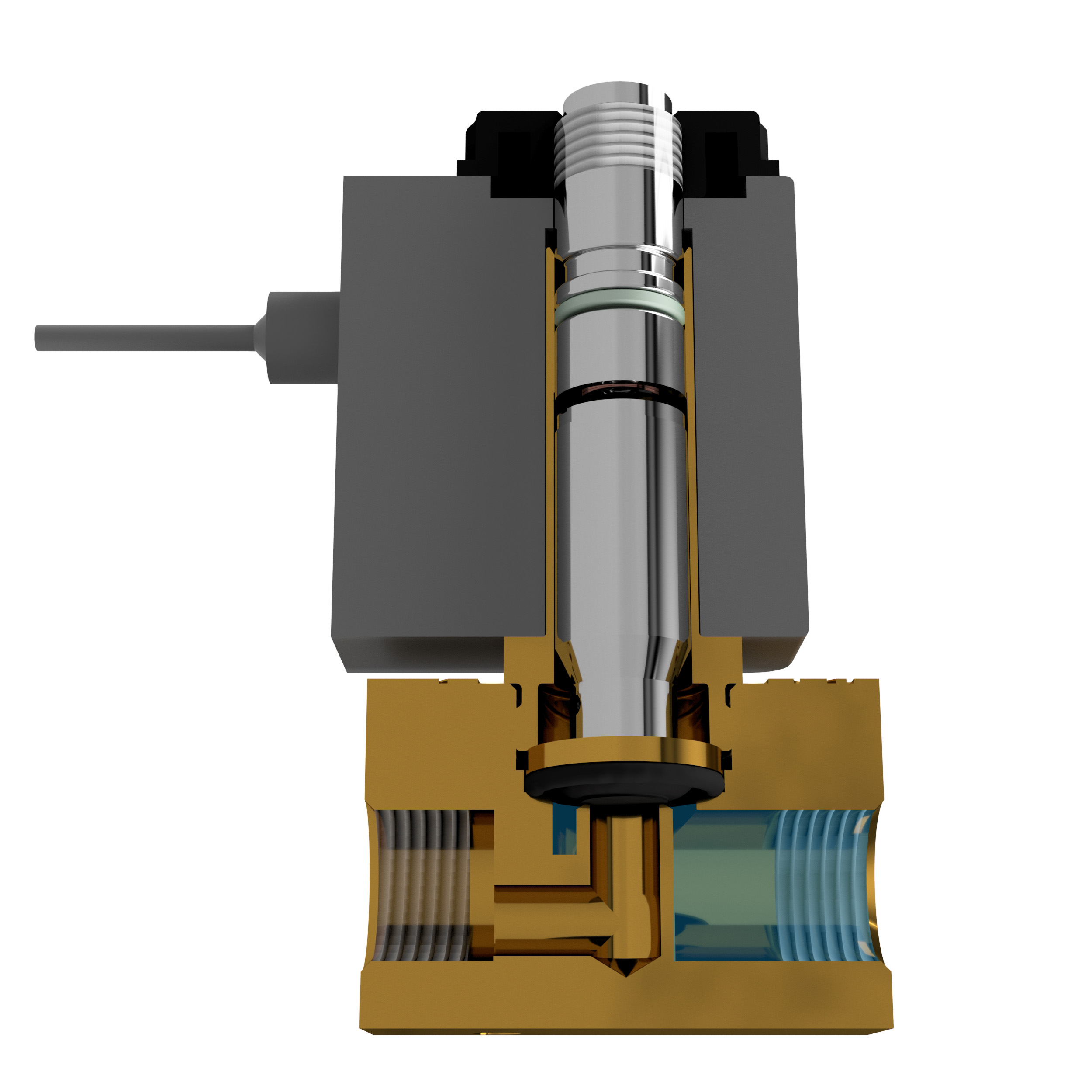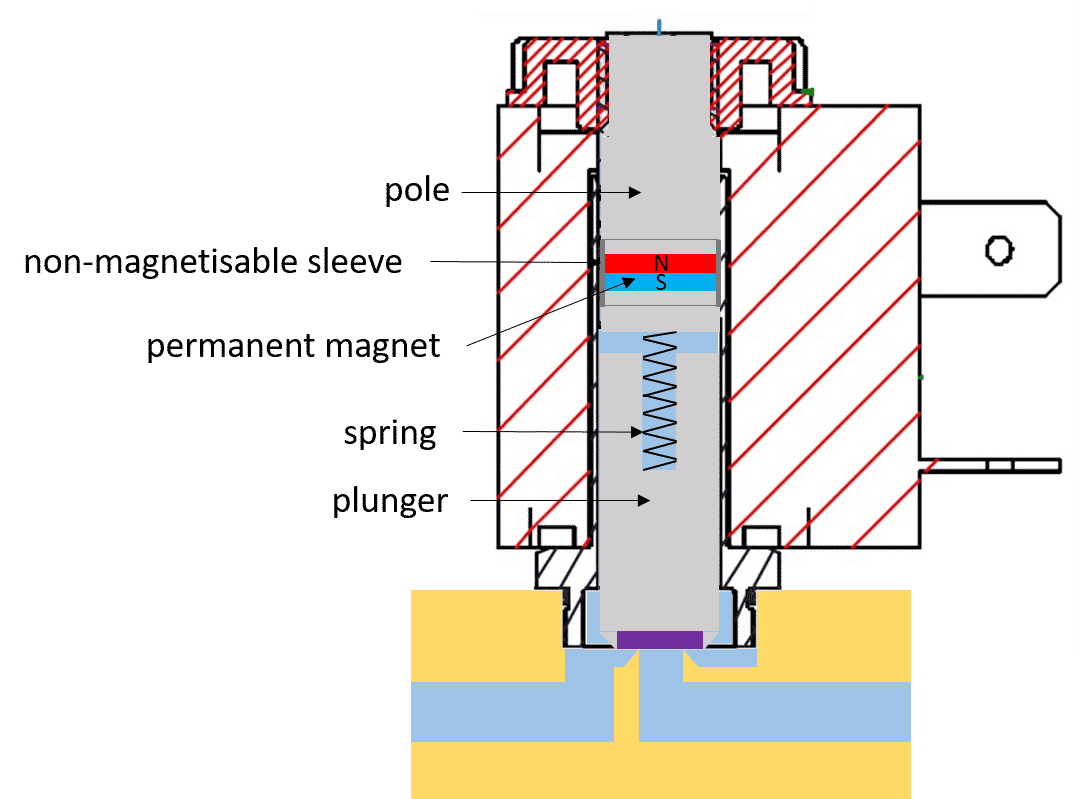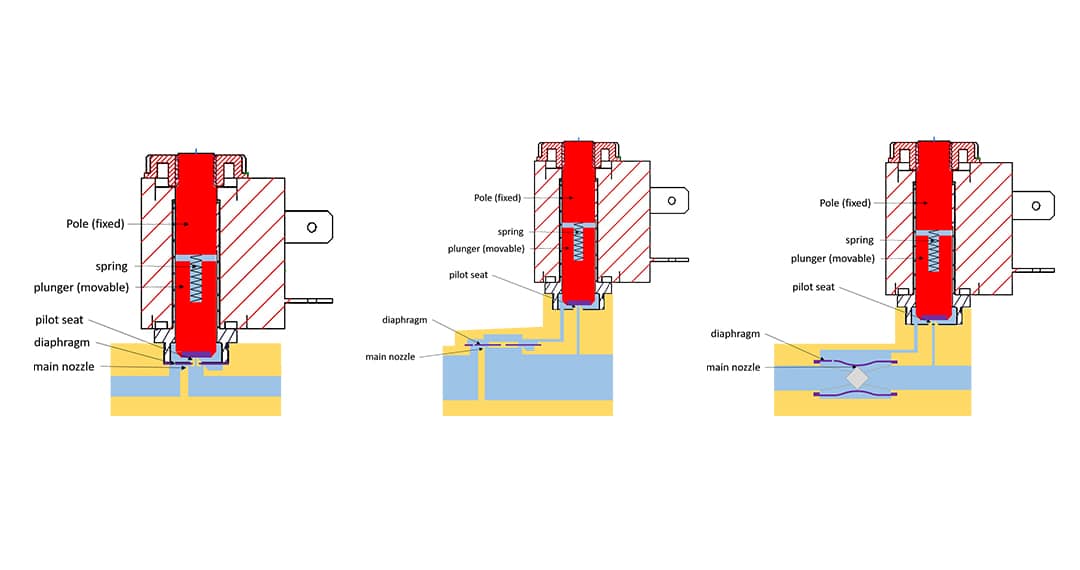What possibilities are there and why are 24Vdc not the same as 24VRAC?
In some applications, the use of DC coils is advantageous over AC coils. In addition to the fact that in most applications a stabilized DC voltage is already available, DC coils also eliminate the hum that can occur with AC coils. If only AC current is available to supply solenoid valves, there is the option of converting this AC voltage into a pulsating DC voltage using a rectifier. With this method, the annoying humming of pure AC coils, for example, can be avoided or at least greatly improved. These plugs are available from SVS-Automation, along with a solenoid coil that already comes with an integrated rectifier. This allows it to be combined seamlessly with a standard connector plug without electronics.
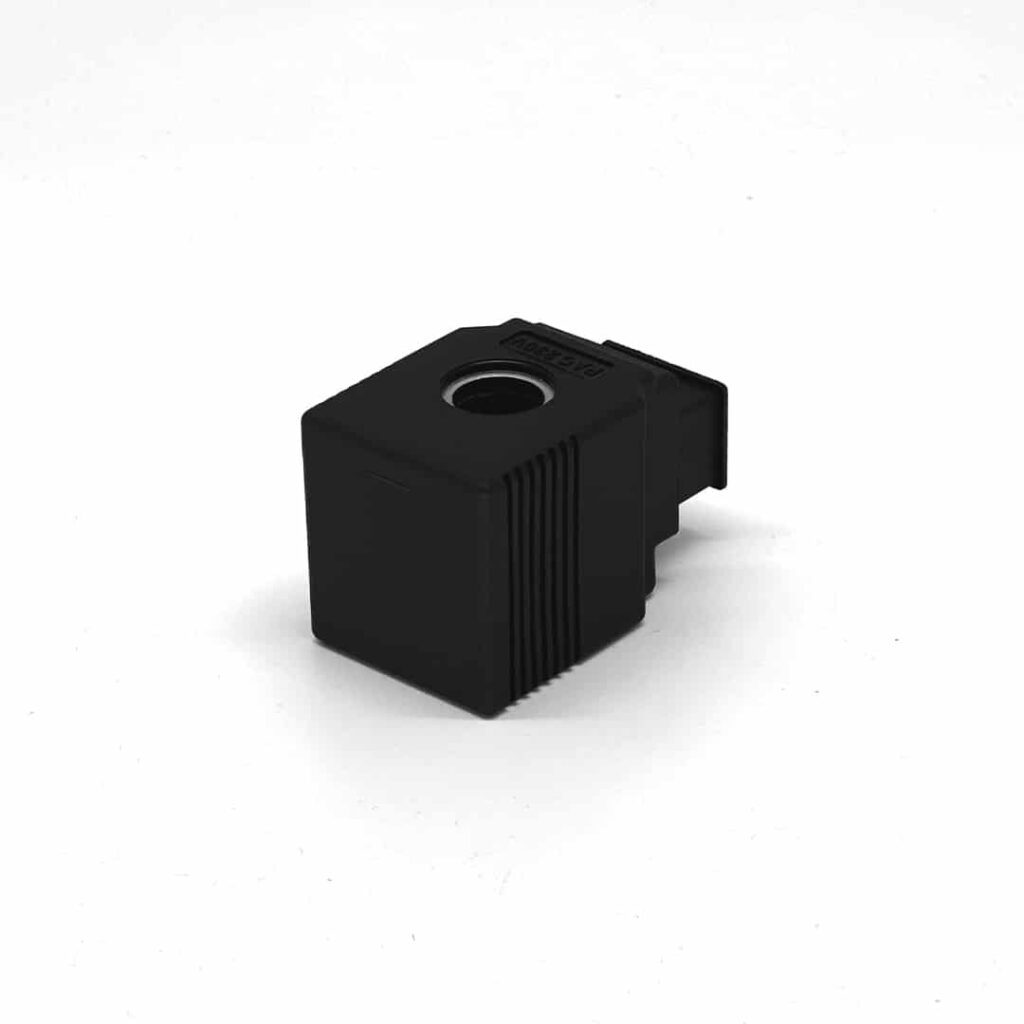
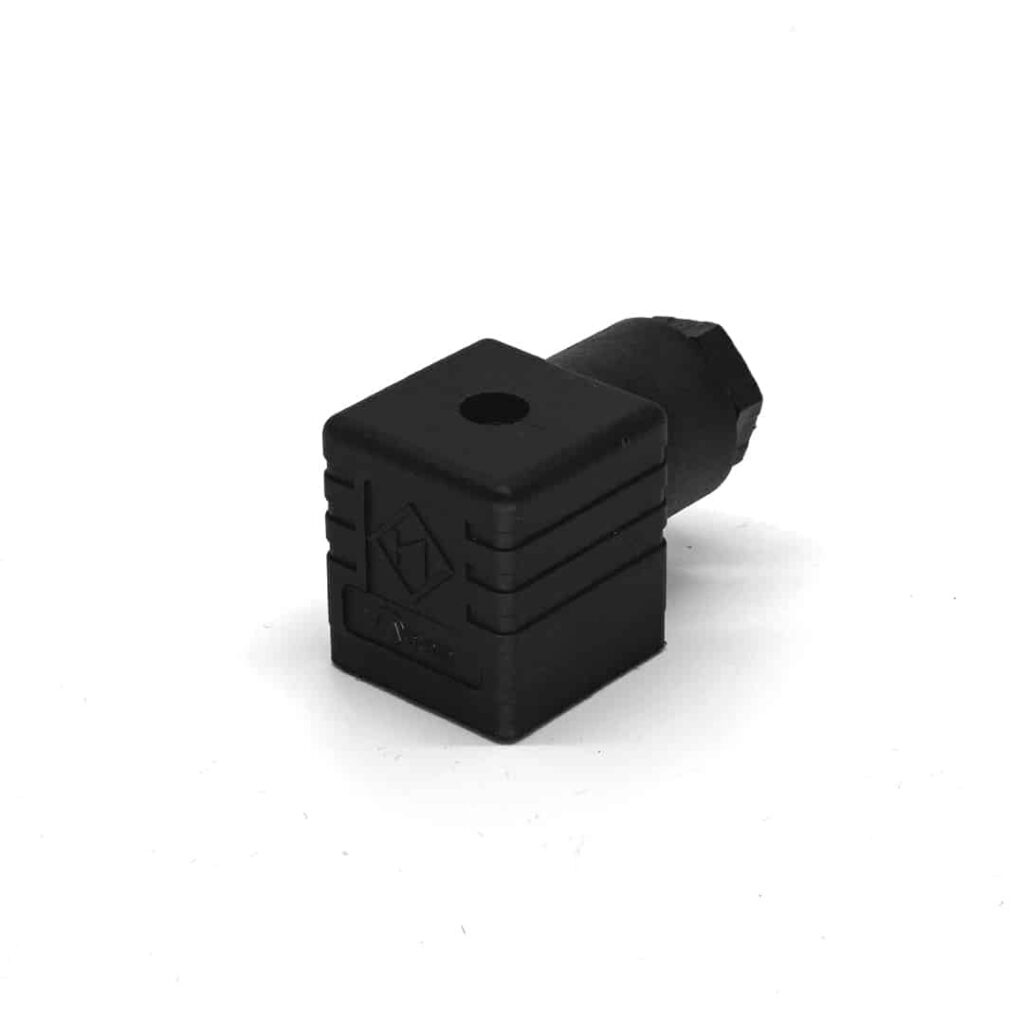
However, if you look at coils with rectifiers in detail, a little caution is required here too. For example, a coil with a rectifier for operation at 24Vac is not the same as a pure DC coil for 24Vdc. The question now is where this difference comes from. The answer lies in the phrase "pulsating DC voltage" mentioned at the beginning. If the spectrum of a full-wave rectifier is calculated or measured, it can be seen that in addition to a DC voltage component, other components are present in the form of harmonics. As the result in the following evaluation shows, a 100Hz oscillation occurs in full-wave rectification in addition to the DC voltage component, which is joined by further integer multiples of this oscillation. A coil designed for operation on a rectifier with AC voltage must therefore be designed for a DC voltage with additional harmonics, while a DC voltage coil is designed for a constant DC voltage. In practice, however, the two coils usually differ only slightly from each other.
